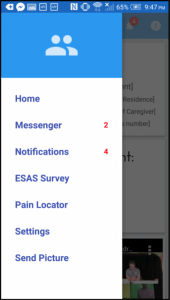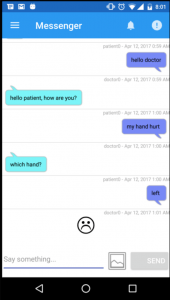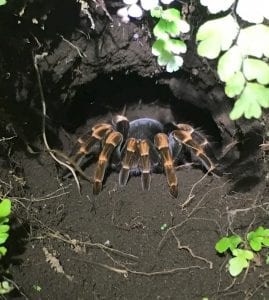As I mentioned in a previous blog, I’ve spent significant time at BSC these past two weeks researching the pros and cons of liquid propane gas (LPG) and electric ovens. Last Friday, I presented my findings to Jeff and argued in favor of the latter. In short, electric ovens are environmentally friendly and take less time to implement, both of which are factors that would save the company millions of dollars. While LPG ovens would require up to a year’s worth of legal approval from Costa Rican agencies such as Setena and Minae, which are similar to the U.S.’s EPA, electric ovens would only take one month to prove compliance with ISO standards. When I compared the timelines for each oven type in a Gantt chart, it was evident that electric ovens would be ready to operate several months before LPG ovens, which ultimately would save BSC a couple million dollars. Now that I’ve made my case, I’m waiting to hear from Jeff about whether the company has made a decision about this. Updates should be coming soon!
In other news, I’ve been learning more recently about PalliAssist, the implementation project I’ll be leading in my team with Annie and Sylvie. This will be the third year that PalliAssist has been worked on at Rice; two years ago it was an undergraduate senior capstone project, and last year it transitioned to GMI as an implementation project. From looking through archived files, I’ve discovered that the undergraduates researched problems with palliative care at Barretos Cancer Hospital (HCB) and brainstormed a multitude of solutions. Through these ideas, they decided to create a smartphone application and a web portal with the hope of resolving four key issues: imprecise doctor-patient communication, inconvenient data collection and retrieval, absence of coherent patient history, and a lack of real-time communication. The smartphone application consists of three primary components: a messaging API, a mobile OS, and a database. The first provides a method for patients and doctors to wirelessly communicate via text, audio, and visual messages; the second allows for embedded functions like Edmonton Symptom Assessment System (ESAS) surveys, medication reminders, and a pain locator; and the third offers a way for storing and retrieving patient data. The web portal is similar to the application, except it’s a much more robust system for analyzing data and communicating between doctors and patients.
After the undergraduates’ thorough design work, last year the project was passed on to a GMI student, who worked on implementing it by pursuing IRB approval from Rice and HCB, preparing clinical trials, debugging certain features of the application, and more. By the end of the school year, he had accomplished several major milestones, including improving user interfaces, reducing crash occurrences, and creating a user tutorial video. The next major steps will involve starting clinical trials and continuing application modification. As someone who’s really interested in learning more about digital health technologies and software engineering, I’m pretty excited to take on PalliAssist. I can’t wait to see how the project progresses!
Lastly, this wouldn’t be a true Costa Rican blog post without a mention of the GMI crew’s most recent adventures. This past weekend, a bunch of us went to Monteverde, a place known as one of Costa Rica’s “cloud forests.” Cloud forests, as their name suggests, are forests that are covered by low-lying clouds for most of the year, making them relatively humid and very, very green. During the day, our crew hiked through one of the various parks in Monteverde, which included the Atlantic-Pacific continental divide, a hanging bridge, and a waterfall. At night, we went on a guided “night hike” in another park and saw tons of cool wildlife, including a boa constrictor, a sloth, a tarantula, and a toucan. Overall, it was another great trip!




